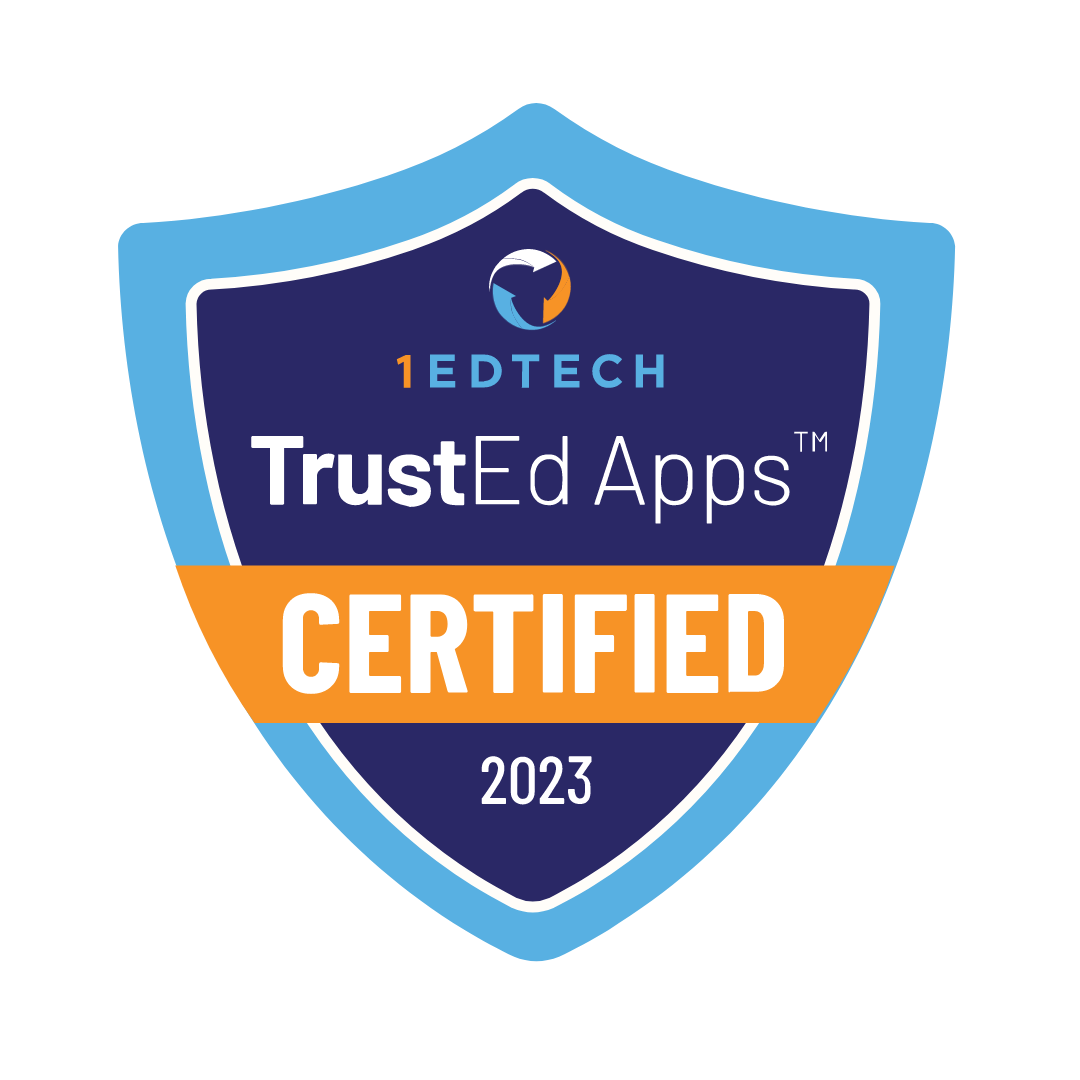Contents
- 1 Dyslexia research training program
- 2 Teaching reading and writing to students with dyslexia
- 3 Developing Essential Skills for Dyslexic Learners
- 4 Integrating Assistive Technology
- 5 Customizing Education to Accommodate Dyslexia
- 6 Multi-Modal Instruction
- 7 Evaluating Educational Materials for Homeschooling
- 8 Collaborating for More Effective Homeschooling
What is dyslexia ? Dyslexia is a learning disorder that involves reading difficulties due to problems recognizing speech sounds and learning how they relate to letters/words or in simpler words, also known as “reading disorder”.
Dyslexia research training program
Finding a plan for a child with dyslexia can be difficult , but it doesn’t have to be a daunting task. What dyslexic students need is a program that has been fully tested and proven to be effective in solving the problems that dyslexic students face.
One of the programs for students with dyslexia is the Orton Gillingham method. This method incorporates multi-sensory techniques to help dyslexic students develop strong reading skills. The program involves engaging students by providing them with writing and reading tasks.
Another program is called Wilson Reading System. This program is evidence-based and focuses on developing comprehension and decoding skills through a progressive approach.
Barton System is another popular method , known for its structured, cumulative and multi-sensory form of instruction. It helps students with the necessary tools to decode and encode written language by systematically teaching the rules of English language structure.
The Nessy Learning Program provides a range of tools and resources designed to address dyslexia for an interactive and engaging educational experience. The program focuses on keeping students motivated.
Teaching reading and writing to students with dyslexia
Below in his research, Dr. Gavin Reid writes about dyslexia and approaches to teaching it .
«Multisensory methods simultaneously engage all available senses. This can be expressed in the phrase “hear, say, see and write”. These methods have been used for many years and have been further refined by Hornsby and Hickey in phonetic structured programs that incorporate multisensory methods».
Teaching students to read and write requires an individualized approach, as each student will have different difficulties with reading or writing with dyslexia. One effective method is called multisensory learning. Multisensory learning works by engaging students at the same time using touch, sound, and sight to improve comprehension of concepts and memory retention.
Tactile learning uses materials like sandpaper letters to help dyslexic learners physically trace letters to enhance recognition and recollection of those letters.
Associating sounds with actions supports auditory learning (hearing) which allows dyslexic students to connect sounds with movements by using two or more of their senses. Visual aids like posters and diagrams will assist with comprehension and memory retention.
Dyslexic students can improve their ability to recognize letter-sound associations with targeted exercises and resources. These targeted exercises will ultimately enhance their fluency and precision in language tasks.

Developing Essential Skills for Dyslexic Learners
Students with dyslexia will understand that their path in education is different from others. This means that their strategy in learning will be different compared to their peers where they can adapt different methods to enhance their skills in reading, writing, spelling, and math.
Personalized plans will help students with dyslexia get the needed assistance because they will be concentrating on their strengths and addressing their weaknesses. These plans will become the roadmaps for success where educators will tailor learning materials and resources to help every student succeed. Legacy Online School offers a range of resources and tools for designing education plans for students of different learning needs.
Integrating Assistive Technology
“Systematic reviews have demonstrated the positive effect of STT, TTS, or audiobooks on reading and writing ability in students with learning disabilities such as dyslexia.”
– Gunilla Almgren Bäck et al from their study “Dyslexic students’ experiences in using assistive technology to support written language skills”

Incorporating technology will be beneficial for students with dyslexia because educators can bring in resources to help them. These resources will support students who face challenges by providing alternative strategies to comprehend, understand, and utilize their knowledge.
The resources include speech-to-text software, audiobooks, and adaptive learning platforms. They will provide invaluable support for dyslexic learners.
- Speech-to-text software will assist students with expressing themselves via spoken word rather than written text.
- Audiobooks will enable dyslexic learners to access content at their cognitive level without struggling with decoding written text.
- Adaptive learning platforms will offer personalized instruction tailored to each student’s unique learning profile.
Customizing Education to Accommodate Dyslexia
Adaptability is important when teaching a kid with dyslexia because they have their own way of learning: their own pace and their own style. Adjustments in the homeschooling environment will fit dyslexic students by including breaks and activities that align with their strengths and passions.
For example, a dyslexic student will feel overwhelmed after a long period of reading or writing. They will need to take short breaks in between study sessions. Breaks will help dyslexic students engage in physical activities and creative goals to energize themselves and return their ability to focus their attention.
Multi-Modal Instruction
Different learning preferences will need a different type of teaching style and a flexible schedule. Combining visual, auditory, and hands-on methods will improve information retention and boost overall understanding of how to work with dyslexic students.
There are three modal instructions listed below to give a better example of what parents can look into listed below.
- Visual: Incorporating visual aids such as diagrams, charts, and illustrations can assist dyslexic learners in processing information more effectively.
- Auditory: Using audiobooks or podcasts can provide an alternative approach to accessing learning materials.
- Kinesthetic: Engaging in hands-on activities or interactive projects fosters experiential learning and bolsters understanding.
Legacy Online School offers a wide array of multi-modal instructional techniques tailored to suit the specific needs of dyslexic students. You can check it out right away by clicking this link to see what we offer for our iEP programs.

Evaluating Educational Materials for Homeschooling
It’s important to consider specific attributes that can enhance their learning experience when choosing educational materials for homeschooling a child with dyslexia.
Accessibility Features
Selecting resources with built-in accessibility features designed for dyslexic learners will be crucial to help them learn to the best of their abilities. These features can include fonts that are known to be dyslexia-friendly. How can a font become dyslexia-friendly? Adjusting text sizes can be one of the ways aside from finding special fonts. Dyslexia-friendly fonts are crafted to enhance readability through letter designs and spacing to reduce complexity. Customizable text sizes help dyslexic students and adjust their reading experience to suit their needs.
Engaging Content
It’s important to look for materials that are interactive for dyslexic students. Students with dyslexia will find it helpful to learn from engaging content that promotes participation and creates an atmosphere that fits their learning style. Using resources like games, multimedia tools, and visually attractive materials will certainly grab the interest of dyslexic students.
Educational resources that offer multi-modal content delivery by combining visual, auditory, and kinesthetic elements will hold significant value for dyslexic students . Audio narration and interactive quizzes provide an enriched learning experience that resonates with the strengths of dyslexic learners.
In summary, assessing educational materials for homeschooling dyslexic students by prioritizing accessibility features and engaging content will significantly contribute to a supportive education.
Collaborating for More Effective Homeschooling
Homeschooling can sometimes feel like a solitary endeavor, but it doesn’t have to be. Involving other educators and connecting with support groups will enhance the homeschooling experience, especially when it comes to tailored learning for dyslexic students.
Building a Support Network
Parents should join communities that share the same interests, challenges, and views. This can offer a sense of comfort and bring its own advantages. Becoming a part of homeschooling groups and support networks for kids with dyslexia will allow families to have access to new information, resources, and new ways of learning. These groups often offer tips and a feeling of connection that becomes priceless when dealing with the distinct hardships of homeschooling a dyslexic child.
Seeking professional advice
Parents and teachers play an important role in homeschooling . Consultation with educational therapists, special educators and dyslexia experts will provide valuable support for homeschooling students with dyslexia.
Collaboration with specialists will help develop individualized strategies and interventions to meet the educational needs of students with dyslexia. Professional consultation will assist with progress evaluation and adjusting the homeschooling curriculum.
Check out Legacy Online School’s programs to find what you need:
- Legacy Online School’s elementary school program sets the bar high. This is a quality education. We strive to ignite curiosity. We also strive to foster creativity. We offer a strong curriculum. We are assisted in this by qualified educators.
- Legacy Online Middle School provides digital education. It is designed for middle school students. The school prides itself on offering live online classes taught by certified teachers. The classes are online and interactive.
- Legacy Online High School — is a unique method of online learning carefully designed for high school students. It combines synchronous learning, a wide range of pedagogical methods, and an emphasis on accessibility.
Legacy Online School offers the best educational program for you and your child to have the best online education experience possible.
Our rigorous curriculum ensures that graduates are well prepared for universities and jobs around the world. Plus, our vibrant virtual clubs connect students around the world.





